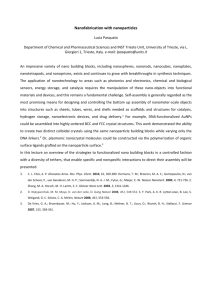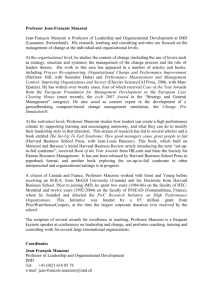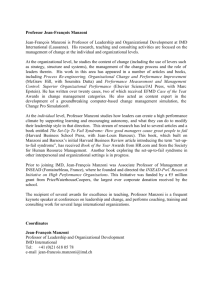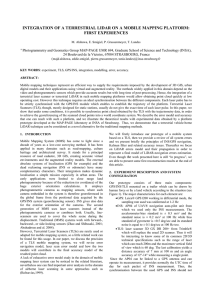Integration of RS and proximal sensing to geo
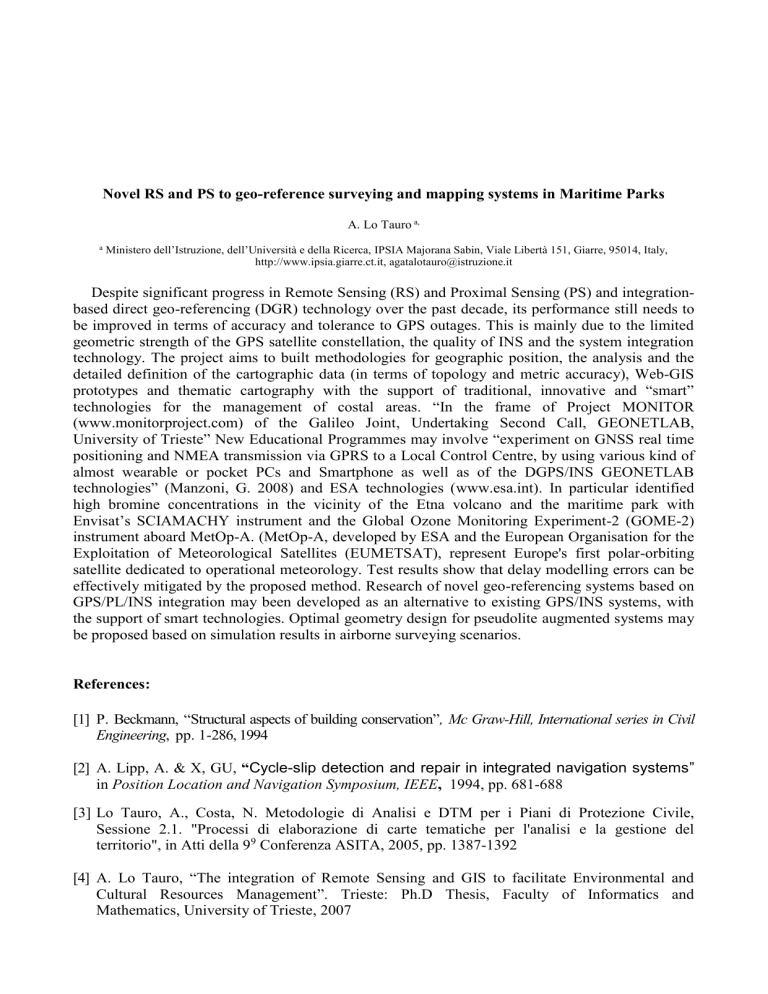
Novel RS and PS to geo-reference surveying and mapping systems in Maritime Parks
A. Lo Tauro a, a Ministero dell’Istruzione, dell’Università e della Ricerca, IPSIA Majorana Sabin, Viale Libertà 151, Giarre, 95014, Italy, http://www.ipsia.giarre.ct.it, agatalotauro@istruzione.it
Despite significant progress in Remote Sensing (RS) and Proximal Sensing (PS) and integrationbased direct geo-referencing (DGR) technology over the past decade, its performance still needs to be improved in terms of accuracy and tolerance to GPS outages. This is mainly due to the limited geometric strength of the GPS satellite constellation, the quality of INS and the system integration technology. The project aims to built methodologies for geographic position, the analysis and the detailed definition of the cartographic data (in terms of topology and metric accuracy), Web-GIS prototypes and thematic cartography with the support of traditional, innovative and “smart” technologies for the management of costal areas. “In the frame of Project MONITOR
(www.monitorproject.com) of the Galileo Joint, Undertaking Second Call, GEONETLAB,
University of Trieste” New Educational Programmes may involve “experiment on GNSS real time positioning and NMEA transmission via GPRS to a Local Control Centre, by using various kind of almost wearable or pocket PCs and Smartphone as well as of the DGPS/INS GEONETLAB technologies” (Manzoni, G. 2008) and ESA technologies (www.esa.int). In particular identified high bromine concentrations in the vicinity of the Etna volcano and the maritime park with
Envisat’s SCIAMACHY instrument and the Global Ozone Monitoring Experiment-2 (GOME-2) instrument aboard MetOp-A. (MetOp-A, developed by ESA and the European Organisation for the
Exploitation of Meteorological Satellites (EUMETSAT), represent Europe's first polar-orbiting satellite dedicated to operational meteorology. Test results show that delay modelling errors can be effectively mitigated by the proposed method. Research of novel geo-referencing systems based on
GPS/PL/INS integration may been developed as an alternative to existing GPS/INS systems, with the support of smart technologies. Optimal geometry design for pseudolite augmented systems may be proposed based on simulation results in airborne surveying scenarios.
References:
[1] P. Beckmann, “Structural aspects of building conservation” , Mc Graw-Hill, International series in Civil
Engineering , pp. 1-286, 1994
[2] A. Lipp, A. & X, GU, “ Cycle-slip detection and repair in integrated navigation systems ” in Position Location and Navigation Symposium, IEEE, 1994, pp. 681-688
[3] Lo Tauro, A., Costa, N. Metodologie di Analisi e DTM per i Piani di Protezione Civile,
Sessione 2.1. "Processi di elaborazione di carte tematiche per l'analisi e la gestione del territorio", in Atti della 9
9
Conferenza ASITA, 2005, pp. 1387-1392
[4]
A. Lo Tauro, “The integration of Remote Sensing and GIS to facilitate Environmental and
Cultural Resources Management”. Trieste: Ph.D Thesis, Faculty of Informatics and
Mathematics, University of Trieste, 2007
[5] G. Manzoni and MONITOR GEONETLAB team. “GALILEO in Civil Engineering in CEI perspectives: a Pilot Project of MONITOR”, Geophysical Research Abstracts, Vol. 10,
EGU2008-A-04723, 2008 SRef-ID: 1607 7962/gra/EGU2008-A-04723 EGU General Assembly
2008
[6] S. Matsumura. S., WU. X., A new technology for RTK-GPS by using VRS based on the
GEONET. IEICE A, Vol.J87-A No.1, 2004, pp. 68-77
[7] L. Surace, L., “La georeferenziazione delle informazioni territoriali”, Bollettino di Geodesia e
Scienze Affini dell’Istituto Geografico Militare
, 58 , pp.181-234, 1998
[8] Y. Vanhellemont , “The use of geophysical techniques as non-destructive investigation methods in the conservation of monuments”. The application of Ground Penetration Radar: case studies, Master’s thesis,
Raymond Lemaire Centre for Conservation, Katholieke Universiteit Leuven, 2000
[9] B. Villa, “Corso di Topografia”, Corso di laurea in Architettura, http://www.architettura.unipa.it/villa/, 2008
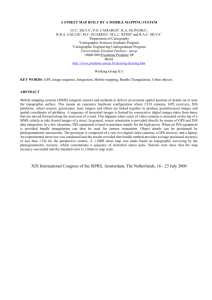
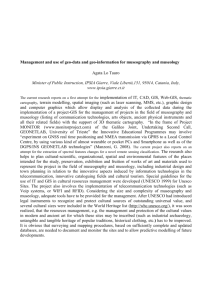
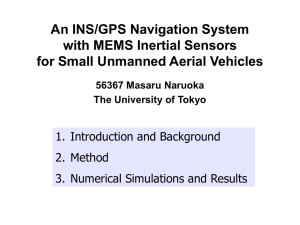
![locandina dottorandi [modalità compatibilità]](http://s2.studylib.net/store/data/005259821_1-9e349e4e3bf89f1cc48d1fe5ca196528-300x300.png)


